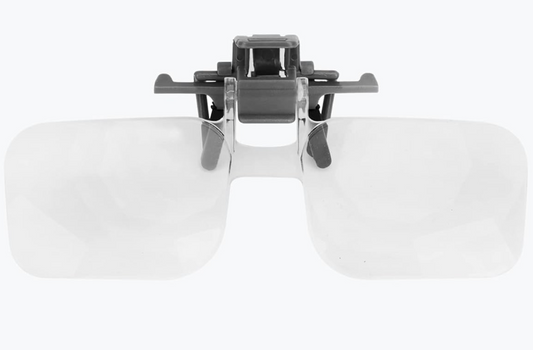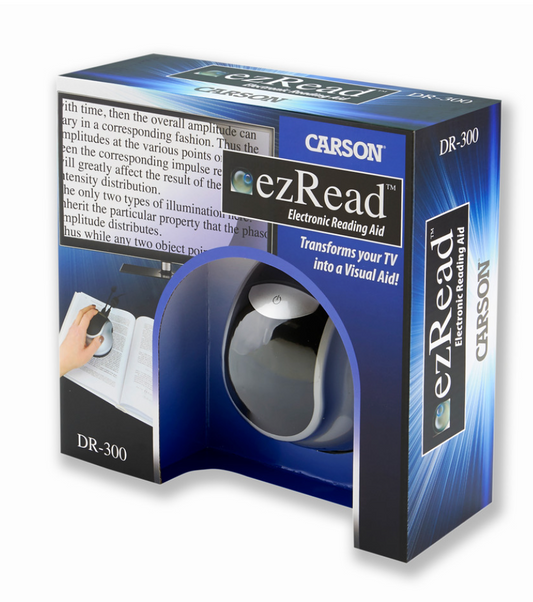Stages of Dry Macular Degeneration & How They Affect Your Vision
Share
Dry macular degeneration (AMD) is typically graded based on the extent of retinal changes observed during an eye examination, with the goal of determining the stage of the disease. The grading generally involves assessing the presence and size of drusen (yellow deposits in the retina) and the degree of retinal pigmentary changes, such as hyperpigmentation or hypopigmentation.
For patients, early, intermediate and advanced are typically used as terms to describe the stage of the disease. Your eye doctor may use Stage 1-4 to document where you are in the disease pathway.
Many times your doctor will recommend that you have an OCT if they suspect you have macular degeneration. This type of technology can see the layers of the back of the eye that just aren't possible for your doctor to see with their microscope. (See our post here: What is an OCT?)
This is vital information for patients to have. Is this loss of vision going to affect if I can still drive? What type of aids should I have at home to help me function with this level of vision?
1. Early Dry AMD
- Drusen: Small drusen are present. These are scattered throughout the macula but do not lead to significant vision impairment.
-
Visual impact:
- Visual acuity is typically in the 20/20 to 20/40 range
-
Vision is minimally affected and some patients may not realize they have early AMD.
-
Fine print (think medicine labels, instructions) may be more of a struggle to read.
2. Intermediate Dry AMD
- Drusen: Medium to large drusen are present. These may be more concentrated and are usually located in the macula.
-
Visual impact:
- Vision is typically in the 20/40 to 20/80 range
- At this stage, some patients may experience mild to moderate vision impairment.
- One eye is usually weaker than the other and there might be increased difficulty with depth perception.
- Patients may be approaching driving standards and these conversations are important to have before (and if) the disease continues to advance
- Reading and crafting become more difficult to see and there is likely a higher need for devices (magnifiers/lights) to help with most near tasks
3. Advanced Dry AMD (Geographic Atrophy)
- Geographic atrophy: This is the hallmark of advanced dry AMD. It involves well-defined areas of retinal cell loss (atrophy) in the macula, which may cause significant vision loss.
- Drusen: Large, coalescing drusen may still be present in areas adjacent to the atrophic region.
-
Visual impact:
- Vision is typically 20/200 or worse
- At this stage, vision is severely affected. There is difficulty with near and distance tasks and daily life may be more challenging.
- Driving standards may no longer be met and it is important to have support in place (friends, family & low vision/senior organizations) in place to help with the mental aspect of losing this independence
- Higher magnification magnifiers, large print books, better lighting around your living area are key to help continue to enjoy everyday activities.
Preventing AMD from Advancing
While we cannot cure AMD or bring back lost vision there are some lifestyle changes that can be made to help prevent progression
- Diet & Vitamins - a Mediterranean diet continues to lead as the best way to prevent AMD and prevent progression of AMD. (See our previous post - What Foods Can I Eat to Prevent AMD? and What Vitamins are Best for Eye Health)
- UV - Protection - sunglasses, transitions (lenses that darken when you go outside) or even just fitovers (larger sunglasses that fit over your everyday glasses) are key in not only preventing progression of AMD, but also cataracts.
- Stop smoking! Cigarette use is the highest risk factor for developing macular degeneration. If you need another two reasons to quit - look no further than your eyes.
Related: Top 10 Questions to Ask Your Doctor after an AMD Diagnosis



